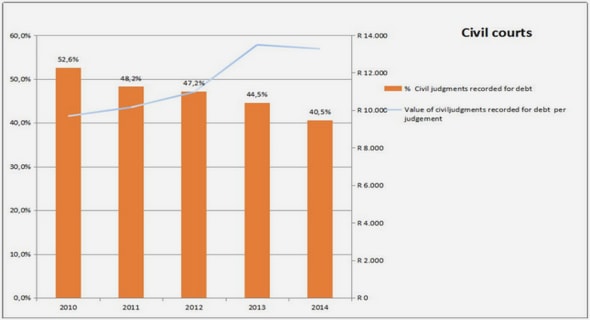(Downloads - 0)
For more info about our services contact : help@bestpfe.com
Table of contents
I Plasma as intense field source and electro-optic detection
1 Overview of plasmas and focus on low frequency plasmas
1.1 Generalities and sources of plasmas
1.2 Classification of plasmas
1.2.1 Physical parameters of plasmas
1.2.2 Types of plasma
1.2.3 Plasma sources and applications
1.2.4 Plasma diagnostics
1.3 Electric field measurement methods
1.3.1 Stark polarization spectroscopy
1.3.2 Four-Wave Mixing techniques (FWM)
1.3.3 Electric-Field Induced Second Harmonic generation (E-FISH) method
1.3.4 Electro-Optical method (EO)
1.3.5 Advantages and limitations of different techniques
2 Plasma induced by femtosecond laser as THz emitter
2.1 Generalities and applications of THz radiations
2.2 Generation and detection of THz radiations
2.2.1 THz generation techniques
2.2.2 THz radiations Detectors
3 Electro-optics techniques from quasi DC to THz range
3.1 Electro-optics in isotropic crystals (vectorial calculation)
3.1.1 Electro-optic effect
3.1.2 Isotropic crystal
3.1.3 Theoretical calculation
3.1.4 Several crystal cut
3.2 Real time electro-optic measurement techniques at « low » frequency (< 100 GHz)
3.3 Equivalent time electro-optic measurement techniques at « high » frequency (THz)
II Vectorial and real time characterization of plasmas by EO method
4 Filamentary discharges: Vectorial characterization of the electric field induced by dielectric barrier discharges
4.1 Experimental setup
4.2 Experimental results: transient measurement and analysis of the field surrounding the DBD
4.2.1 Voltage threshold & simulation analysis of the DBD configuration
4.2.2 1D mapping of the radial field
4.2.3 Additional experiment campaigns involving two EO probes
4.3 Influence of the probe on the DBD behavior
4.4 Conclusion
5 Vectorial analysis of the electric field induced by a cold atmospheric pressure plasma jet
5.1 Experimental setup
5.2 Specific calibration of the EO probe
5.3 Experimental results and discussions
5.3.1 Spatial evolution of the Laplacian field along the tube & Electrostatic simulation
5.3.2 Electric field measurements: Mapping of radial and longitudinal E-field components associated to the APPJ
5.3.3 Spatio temporal evolution of both components of the field
5.3.4 Polarimetric mapping of the E-field
5.3.5 Determination of ionization wave front velocity
5.3.6 Influence of an organic target on the field behavior
5.4 Perturbation of the field induced by the EO probe
5.5 Conclusion
III Non-linear optics for THz generation (different aspects involving optics and plasmas)
6 Impact of gases and plasmas on THz generation
6.1 Experimental setup and THz pulse
6.2 Experimental measurements and results
6.2.1 Influence of plasma jet length on the orientation of the THz pulse
6.2.2 Influence of helium gas on the modulus and orientation of the THz pulse
6.3 Model description
6.3.1 Linear distribution of THz sources : z-scan
6.3.2 Study of the efficiency of THz generation
6.3.3 Results and interpretations
6.4 Conclusion
General conclusion & Perspectives
Conclusions
Perspectives and future work


